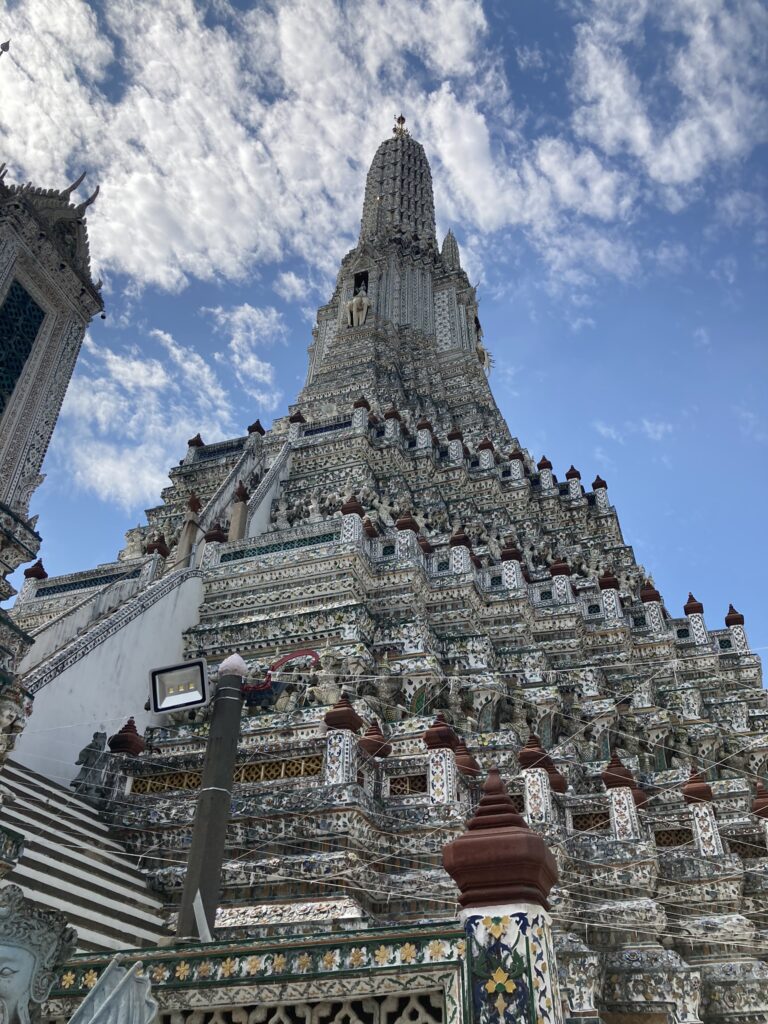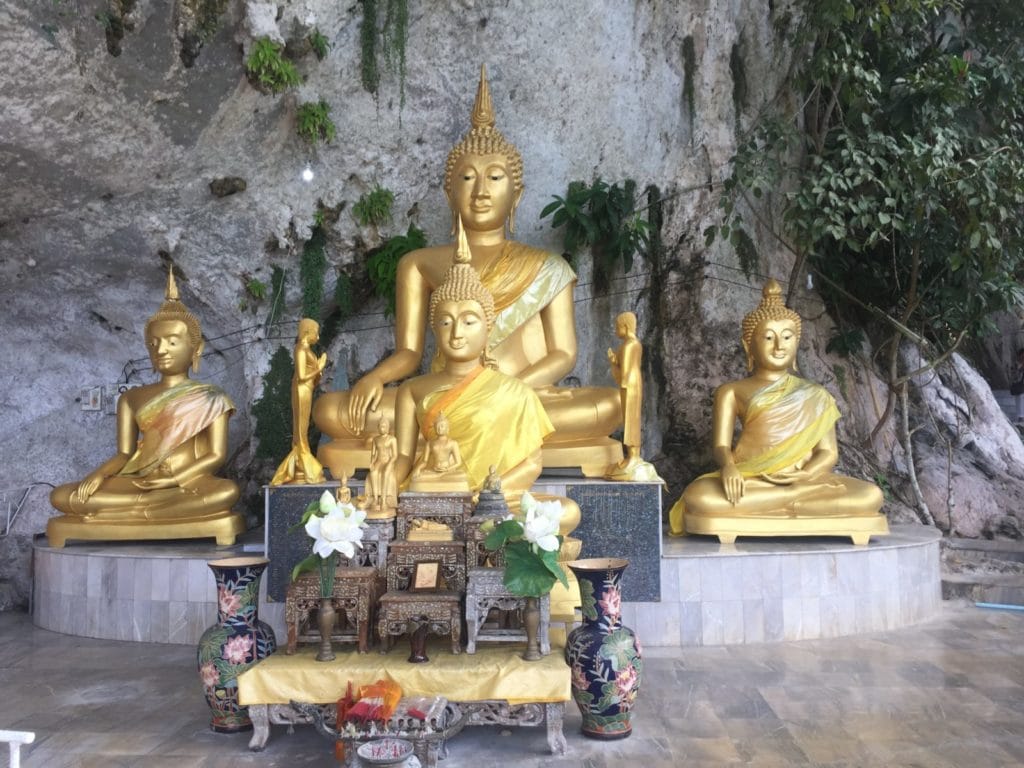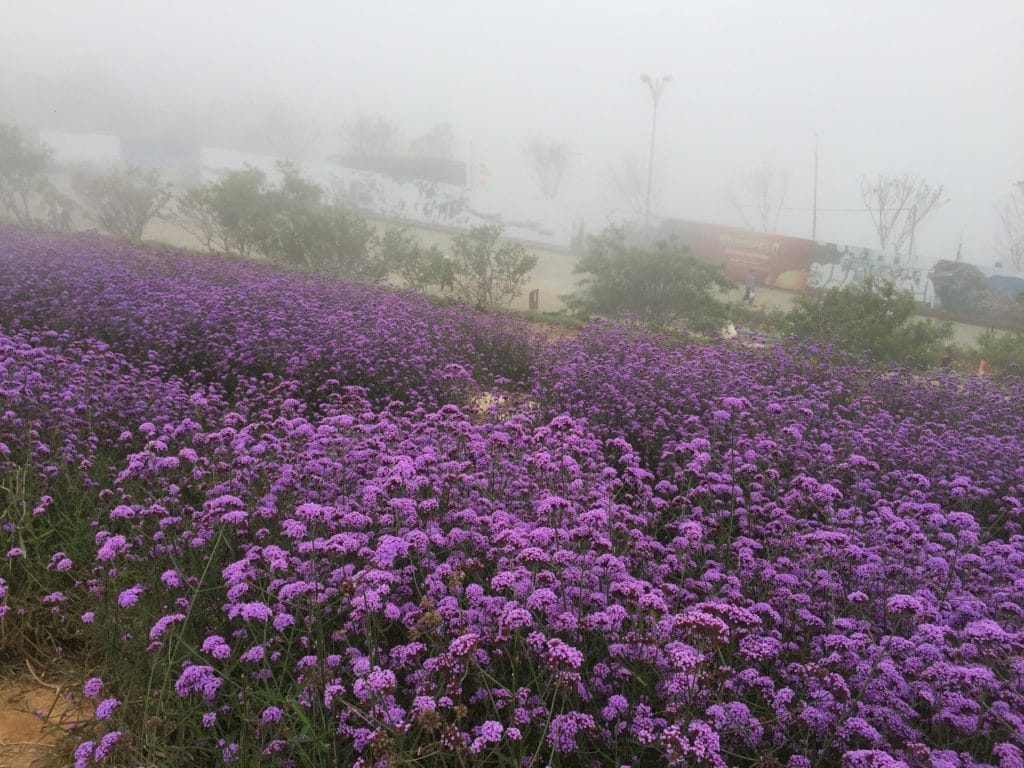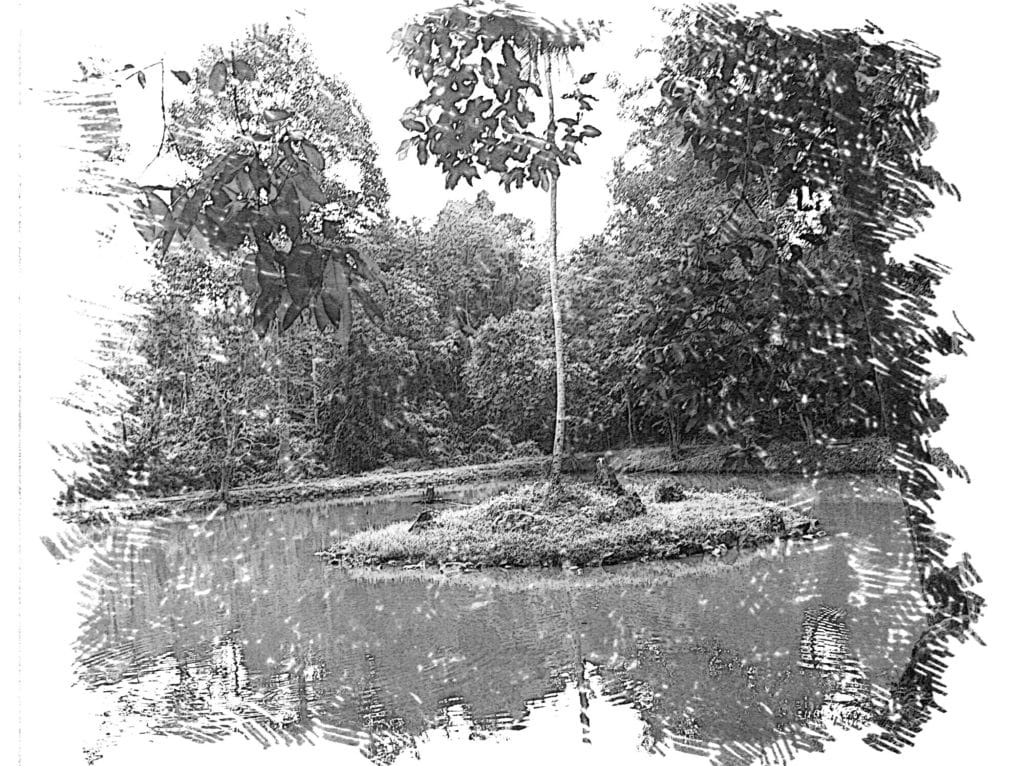Bangkok, the throbbing heart of Thailand, holds many treasures within its bustling streets. Among these gems, Wat Arun, alias the Temple of Dawn, is a monumental structure that effuses charm and serenity in every brick.
Born from the bygone Ayutthaya period, Wat Arun’s story goes back to the 15th century. Initially, the temple was known as Wat Makok, meaning the Olive Temple. It was later named Wat Chaeng by King Taksin when he made Thonburi the new capital. Ultimately, it got its current name from King Rama II, who redesigned the temple and christened it Wat Arun or the Temple of Dawn.
Bangkok the City of Angels
Bangkok, the capital city of the Land of Smiles – Thailand, beats with a rhythmic pulse like no other. It’s an urban sprawl that buzzes with the old yet gleams with the new, a striking Metropolitan city hymning a tune that reverberates with remnants of a graceful past conjoined harmoniously with the dynamism of the modern times. From the twinkling high-rises to the grandeur of ancient temples, from bustling markets to serene parks – every corner tells a different story of this city, which is an eclectic mix of tranquillity and vibrancy.
The local name of the city is “Krung Thep” (which means the “city of angels”) and “Maha Nakhon” means “big city.”
Life in Bangkok is a continuous ride on a spinning carousel of vivid sights, indulgent tastes, and diverse experiences. The city’s culinary scene is a carnivalesque symphony of tantalising street food – think spicy Tom Yum Soup or sweet Mango Sticky Rice – that tickle your taste buds and leave you longing for more. But it’s not just the food that enthralls – Bangkok’s cultural fabric is a richly worked tapestry, embodied in its traditional art, dances, festivals, and the ever-welcoming Thai spirit. Indeed, a wander through Bangkok is a route through the sensory splendour, striking architecture, friendly faces, and rewarding mysteries of Thailand herself.
History of the temple
At the centre of this historic marvel stands the majestic prang (a Khmer-style tower) signifying Mount Meru, the Hindu-Buddhist cosmology’s centerpiece. This spiraling tower is beautifully covered with broken porcelain pieces, a testament to the innovative use of waste material and a delightful sight to behold.
Apart from its architectural spectacle, Wat Arun holds a prominent place in Thai Buddhism. Its four smaller prangs house images of the guardian gods of four directions, underpinning its religious importance.
The temple becomes a spiritual epicenter during the annual festival of Kathina (the end of Buddhist Lent), where a royal procession by boat carries a robe to the temple, a sight that thousands of locals and visitors alike relish.
Wat Arun as a tourist attraction
Looking beyond the history and religious rites, Wat Arun is also a key player in Thailand’s booming tourism industry. It magnetically draws camera-toting tourists with its stunning views over the Chao Phraya River. Near by, you will find a tapestry of night markets, local stalls and eateries – a true taste of Thai life with the temple standing as a sentinel over proceedings.
For all travel enthusiasts out there, I’ll let you in on a little secret: the best time to view Wat Arun is not at dawn but at nightfall. With the setting sun and the sparkling lights, the temple transforms into a sight that leaves one speechless.
Conclusion
In the heart of Bangkok, Wat Arun stands as a testament to Thailand’s rich history, spiritual wealth, and cultural vitality. This divine edifice is more than just a tourist spot, it’s a passage into the heart of Thailand and an icon of local pride. Whether it is for the sake of religion, history, or just pure aesthetics, a trip to Wat Arun will promise to be illuminating in more ways than one.
If you want to learn more read my other blog posts. See how I embarked on My Mindfulness Journey. I hope you will enjoy it.
Share



